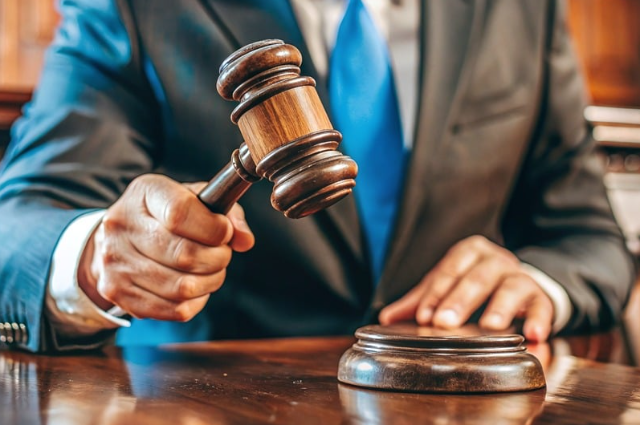
Image by Temel from Pixabay
In the pursuit of justice, time stands still. The wheels of the judiciary turn slowly, grinding out verdicts that can change lives forever. But what happens when the process gets stuck in limbo? When the quest for truth becomes a never-ending odyssey?
Welcome to the world of the longest murder trials in history, where the clock ticks on, and justice is delayed, but never denied.
A Global Phenomenon
From the sun-kissed beaches of California to the bustling streets of Mumbai, the longest murder trials have captivated the world's attention.
The McMartin Preschool Trial (USA, 1983-1990) lasted an astonishing 7 years, while the Lindy Chamberlain Trial (Australia, 1980-1986) dragged on for 6 long years.
The O.J. Simpson Trial (USA, 1995) may have lasted only 9 months, but the drama and intrigue surrounding it made it feel like an eternity.
India's Endless Wait
In India, the story is no different. The Ajmal Kasab Trial (2008-2012) took 4 years to reach its conclusion, while the Nitish Katara Murder Trial (2002-2015) stretched on for a mind-boggling 13 years.
The Jessica Lal Murder Trial (1999-2010) and the Priyadarshini Mattoo Murder Trial (1996-2010) both lasted 11 and 14 years, respectively.
The BMW Hit-and-Run Case (1999-2012) took 13 years to reach its verdict, leaving families and victims waiting for justice that seemed forever elusive.
The Wheels of Justice Turn Slowly
So why do murder trials take so long? The answers are complex and multifaceted. Backlogs of cases, complex investigations, and the appeals process all contribute to the delay. Lack of resources, inadequate infrastructure, and insufficient staffing also hinder the judicial process.
India’s State of the Judiciary and Justice System
In India, murder trials meander through the labyrinthine corridors of justice like a sluggish river, carving a path of delay and despair. The wheels of the judiciary creak under the weight of a staggering backlog, as cases pile up like autumn leaves.
Investigations crawl at a snail's pace, with evidence gathering dust like forgotten relics. Witnesses vanish like phantoms, and suspects languish in limbo, as the prosecution and defence engage in a war of attrition.
Meanwhile, the families of victims and the accused wait with bated breath, their lives suspended in a state of perpetual uncertainty. The Indian judicial system, once a beacon of hope, now seems like a slow-moving behemoth, bogged down by bureaucratic quicksand, as justice is delayed, and denied, and delayed some more.
A Call to Action
But there is hope. By increasing funding and resources, implementing technology, and streamlining procedures, we can reduce unnecessary delays. Enhancing legal aid and support for victims' families can also help alleviate their suffering. Alternative dispute resolution methods can provide a faster, more efficient way to resolve conflicts.
The longest murder trials in history serve as a reminder that justice, though delayed, is never denied. As we strive to improve the judiciary, let us remember the families, victims, and defendants who wait patiently for the truth to be revealed. Only then can we ensure that justice is served, and the wheels of the judiciary turn swiftly and surely.
